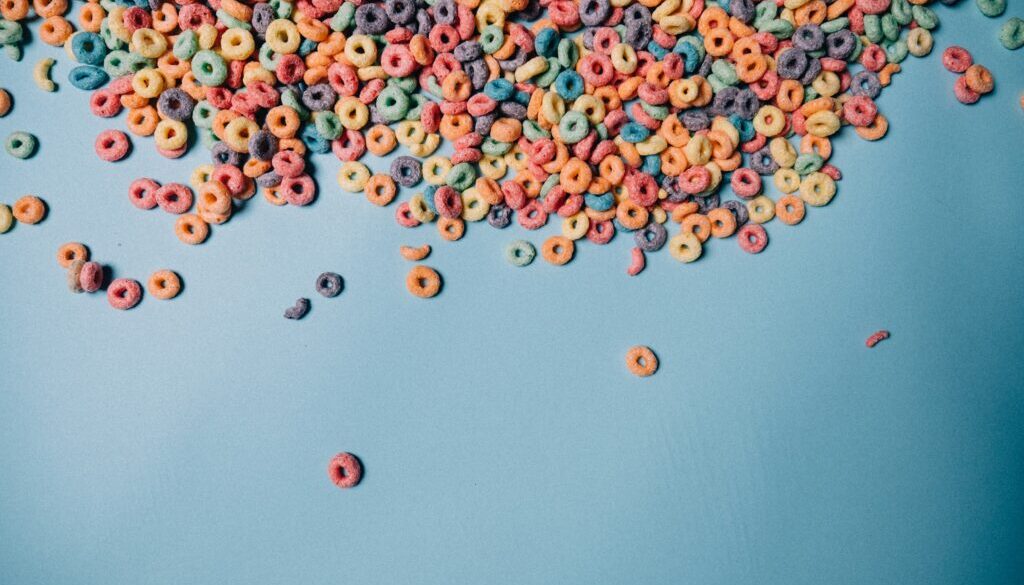California lawmakers pass bill banning food dyes in schools
California lawmakers this week passed a bill banning schools from serving foods with six artificial dyes linked to neurobehavioral problems in children.
“[The bill] would not ban specific foods or products, but rather encourage companies to make minor modifications to products sold in California and could help prompt a nationwide transition to safer alternative ingredients,” says a press release from the office of California Assemblymember Jesse Gabriel, who introduced the California School Food Safety Act (AB 2316) in March.
Governor Gavin Newsom has until the end of September to sign or veto the bill, which passed the state legislature on Thursday with bipartisan support. If approved, the bill will go into effect December 31, 2027.
The legislation is likely to have sweeping impacts throughout the US, since manufacturers are unlikely to make one version of a food product for California and another for other states, Gabriel noted at a press conference earlier this month.
AB 2316 comes on the heels of the California Food Safety Act (AB 418), the so-called “Skittles bill” signed into law last year that will ban brominated vegetable oil, Red Dye No. 3 and other toxic food additives beginning in 2027. Other states, including Missouri, Washington, New York and Illinois, have already moved to introduce similar bills.
California’s newly passed bill would ban Red Dye No. 40, Yellow Dye No. 5, Yellow Dye No. 6, Blue Dye No. 1, Blue Dye No. 2 and Green Dye No. 3 from California public school foods during regular school hours. Manufacturers use the controversial dyes to give some desserts, beverages and cereals their bright colors, but the additives don’t affect how the foods taste.
An earlier version of AB 2316 included titanium dioxide, a chemical used to whiten dairy products, but it was ultimately dropped from the bill.
Industry groups including the National Confectioners Association and the American Bakers Association previously warned that the bill would require manufacturers to reformulate their products and could increase costs for schools.
Many of the same products that use the dyes in the US are available without them in Europe, where synthetic food dyes are more tightly restricted. A number of alternatives for the dyes already exist, including turmeric, beet juice or pomegranate juice.
“We hope the [US Food and Drug Administration (FDA)] will eventually implement warning labels on dye-containing foods, as the European Union has required since 2010,” the nonprofit Center for Science in the Public Interest said in a statement.
Synthetic food dyes are liked to symptoms of attention-deficit/hyperactivity disorder (ADHD) in children, the California Environmental Protection Agency (EPA) concluded in a 2021 report. The number of American children diagnosed with ADHD has risen by over 4% in the last two decades, according to the California EPA.
“Kids deserve wholesome foods that don’t hinder their ability to learn, and parents deserve the confidence that the schools they’re sending their kids to aren’t serving them food that may harm them,” said Tasha Stoiber, a senior scientist at the nonprofit the Environmental Working Group, which co-sponsored AB 2316 with Consumer Reports.
The California EPA report also found that the FDA’s estimates for how much synthetic food dyes can be consumed per day without health risks are based on decades-old studies “not designed to detect the types of behavioral effects that have been observed in children.”
The FDA states that color additives “are safe when used properly.”
(Featured image by Caleb Minear on Unsplash.)




